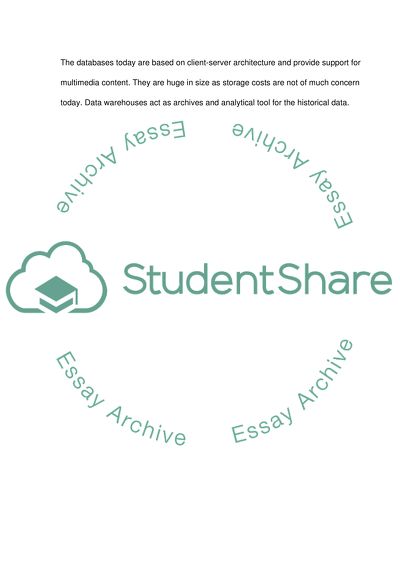Cite this document
(Relational and Object-Oriented Databases Case Study, n.d.)
Relational and Object-Oriented Databases Case Study. Retrieved from https://studentshare.org/information-technology/1536572-relational-database
Relational and Object-Oriented Databases Case Study. Retrieved from https://studentshare.org/information-technology/1536572-relational-database
(Relational and Object-Oriented Databases Case Study)
Relational and Object-Oriented Databases Case Study. https://studentshare.org/information-technology/1536572-relational-database.
Relational and Object-Oriented Databases Case Study. https://studentshare.org/information-technology/1536572-relational-database.
“Relational and Object-Oriented Databases Case Study”. https://studentshare.org/information-technology/1536572-relational-database.


